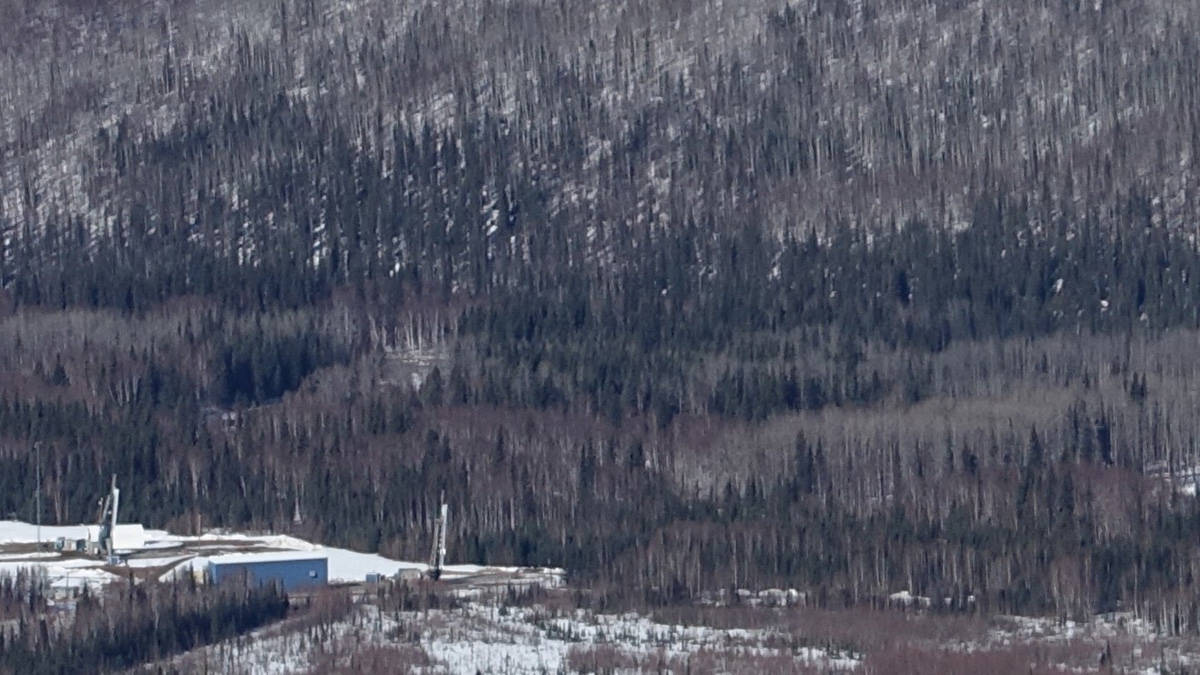Glesener and Savage are getting ready for two separate rocket launches, each carrying instruments designed to gather valuable information on solar flares. These explosive events on the sun release charged particles into space, sometimes affecting Earth by causing auroras or damaging satellites and power grids.
The two scientists monitor live readings from satellites orbiting between the Sun and Poker Flat, waiting for signs of a large solar flare before initiating a launch countdown. Despite the lack of significant solar flares on the horizon, they use this day as an opportunity to fine-tune their equipment and address any potential issues. This is just a dress rehearsal for the actual launch, preparing them for when a sizable solar flare does occur.
When a suitable flare is detected, Glesener and Savage will have just three minutes to launch their rockets into space. The rockets will quickly ascend out of Earth’s atmosphere, reaching above the dense gases within two minutes. Specialized telescopes on the rockets will then open, providing a detailed view of the energy emitted by the solar flares for a brief period of five minutes. After collecting their measurements, the rocket payloads will return to Earth in northern Alaska, where they will be recovered by workers using helicopters.
As Glesener and Savage continue to monitor the sun for potential flares, they remain prepared to take action when it’s time to launch their rockets and gather crucial data on these explosive solar events.



